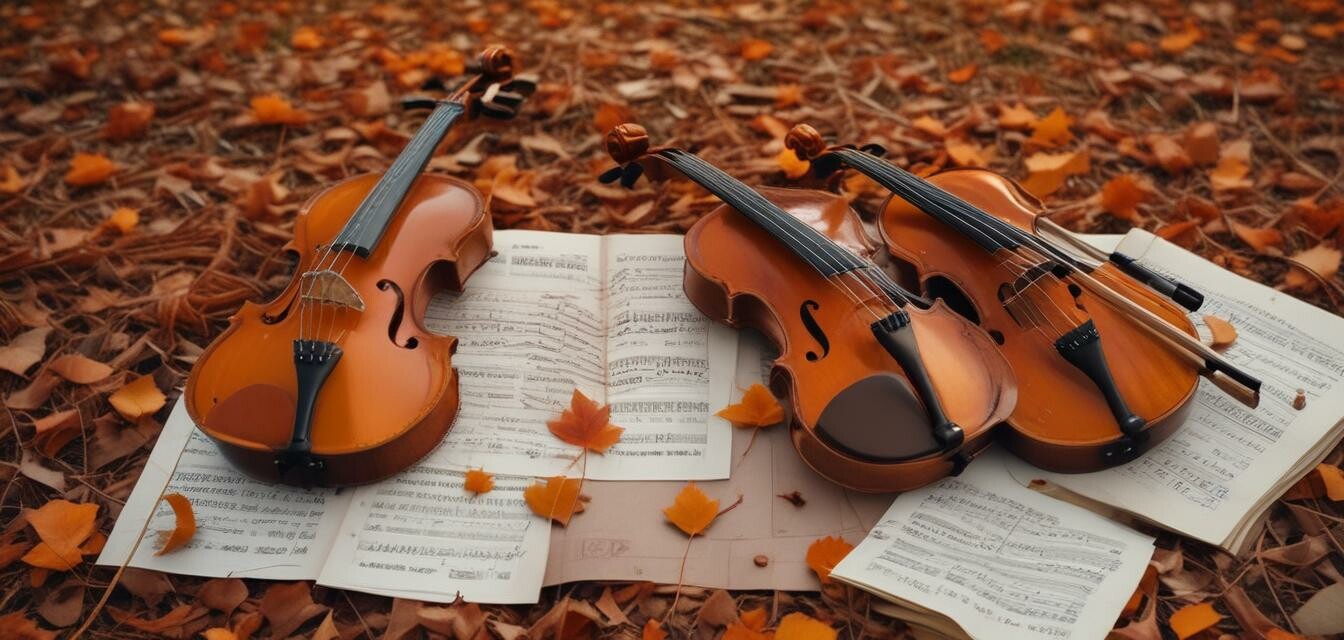
Seasonal Maintenance Checklist for String Instruments
Key Takeaways
- Regular maintenance enhances the longevity of your string instruments.
- Different seasons require specific care techniques.
- Creating a checklist can simplify your maintenance routine.
String instruments, from violins to cellos, require diligent care to maintain their sound quality and structural integrity. Seasonal changes can affect your instrument in various ways, making it essential to adjust your maintenance approach accordingly. This comprehensive maintenance checklist is designed to assist you in the care of your string instrument throughout the year.
Understanding seasonal impacts on string instruments
Each season brings unique challenges and opportunities for string instrument upkeep. Here’s how each season can impact your instrument:
| Season | Impacts | Maintenance Focus |
|---|---|---|
| Winter | Low humidity, cold temperatures | Humidity control, temperature management |
| Spring | Increased humidity, temperature fluctuations | Cleaning and adjusting for warmer weather |
| Summer | High humidity, heat | Monitor for mold, string integrity |
| Autumn | Dry air, temperature dropping | Winter preparation, full maintenance check |
Seasonal maintenance checklist
Follow this detailed checklist to ensure your string instrument receives the attention it needs every season:
Winter Maintenance
- Check and adjust the humidity levels in storage.
- Inspect the instrument case for insulation quality.
- Regularly wipe down the instrument with a soft cloth.
- Inspect the strings for signs of wear or deterioration.
Spring Maintenance
- Thoroughly clean the instrument body and strings.
- Check for any cracks or damage caused by cold.
- Lubricate the pegs and adjust tension as needed.
- Consider re-hairing the bow if needed.
Summer Maintenance
- Ensure proper airflow in storage spaces to prevent mold.
- Regularly check the humidity levels.
- Inspect strings and replace if they show signs of rust.
- Limit exposure to direct sunlight when not in use.
Autumn Maintenance
- Conduct a full maintenance check before winter.
- Apply a protective polish to the instrument body.
- Store in a controlled environment to avoid extreme changes.
- Clean the bow and check the frog for any issues.
Additional care tips
Tips for beginners
- Always wash your hands before handling your instrument.
- Store your instrument in a case when not in use.
- Attend instrument maintenance workshops.
- Invest in quality cleaning and maintenance products.
Importance of maintenance in performance
Regular maintenance not only extends the life of your instrument but also enhances its sound. A well-tuned, properly cared-for instrument will perform better, allowing you to achieve the sound quality that you strive for in your music.
Resources for more information
For further guidance on string instrument care, visit our related articles:
- Buying guides for string instruments
- Latest trends in string instruments
- More tips on instrument care
- Explore our string instruments
- Check out essential instrument accessories
Pros
- Extends the lifespan of your instrument.
- Improves sound quality.
- Prevents costly repairs.
- Enhances playability.
Cons
- Requires time and commitment.
- May involve costs for materials.
- Some tasks may require professional help.
Conclusion
Caring for your string instrument is crucial in ensuring its performance and longevity. By following the seasonal maintenance checklist outlined above, you will contribute to your instrument's overall health and your success as a musician. Remember, a well-maintained instrument not only sounds better, but it also inspires you to play more.